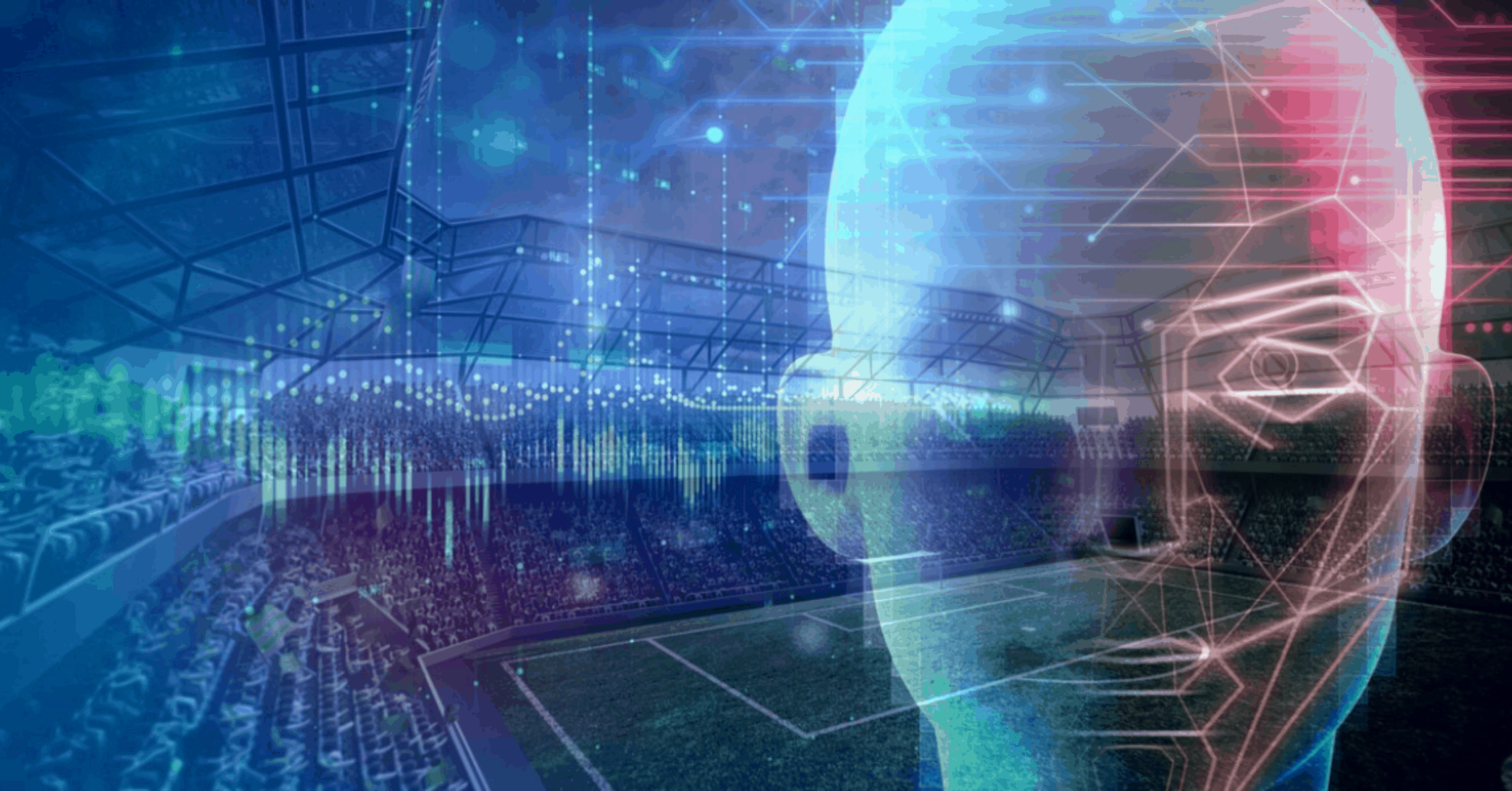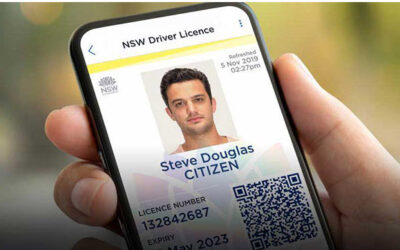While simple username and password schemes worked well enough in the early days of digital identity, mounting concerns over cybersecurity and fraud have demanded more robust solutions for verifying who you are. Fortunately, the field of biometrics has experienced rapid growth and development, offering a new paradigm for identity verification across a variety of domains.
As biometric solutions continue to garner more widespread adoption and integration, they’ll not only change how many companies operate— they’ll inevitably transform how most of us live our lives altogether.
So, what does the future of biometrics look like?
It’s Only the Beginning
You’ll often hear that biometrics are the future of identity management, but in many ways, these solutions are already here. Fingerprint and facial recognition are already popular methods, having been integrated across dozens of technology platforms, from smartphones to home security systems. At the same time, retinal scanning and voice verification are continuing to gain meaningful traction, providing additional layers of security and flexibility across dozens of biometrics implementations.
With each new wave of innovation, the total market for biometrics continues to expand, with some experts projecting that the industry could reach a staggering size of over $65 billion by 2024.
Eliminating Shortfalls
One of the main motivations for the growing adoption of biometric systems is the elimination of weaknesses associated with physical forms of ID. Consider the following:
- Whereas physical ID documents are relatively easy to counterfeit, biometric features tend to be unique to an individual, making them much less susceptible to fraud.
- Biometric data makes verifying an identity much less time-consuming— rather than poring over the details of a driver’s license or passport, validators can quickly identify an individual by scanning a single feature.
- Biometric identification is far more suitable for integration with digital processes, as facial scans or voice verifications can easily be performed online or from a remote location.
Endless Possibilities
Although we’ve only just begun to unlock the full potential of biometrics technologies, a number of innovative use cases have already made their way into the mainstream. Among the most game-changing applications of biometrics identification include:
- Seamless travel experiences. Facial recognition is becoming an increasingly common verification method in the airline industry, allowing travelers to quickly bypass lengthy security processes and checkpoints.
- Better banking authentication. As the world of finance continues to shift to the digital domain, biometrics are becoming an important authentication measure for protecting user’s funds and privacy.
- Access to high-security areas. By pairing passwords and PINs with biometric readers, high-security zones like labs, pharmacies, and bank vaults can enhance the safekeeping of their most valuable assets.
Improving Safety and Security
Just a few decades ago, fingerprint and face recognition systems seemed like something you’d see in a crime show— cutting-edge technologies you could only leverage through sophisticated means of investigation and identification. Nowadays, however, these systems have been integrated into all kinds of commercial applications, unlocking unprecedented levels of security and safety to help protect sensitive data, assets, and services. In addition to helping law enforcement monitor criminal activity, biometrics technologies can now complement systems in commercial industries such as:
- Sports and concerts. Biometrics help event managers more securely monitor patrons and troublemakers who attend their venues.
- Healthcare. By enabling faster and more accurate patient identification, biometrics help mitigate issues like patient fraud, mistaken prescriptions, and improve wait times.
- Food and beverage. Through biometrics, food and beverage manufacturers can better control their facilities, protecting trade secrets and eliminating cross-contamination.
- Hospitality. Rather than relying on physical access cards and IDs that can be easily stolen, hotels can protect customers with seamless biometric check-in services.
- Education. Public and private schools alike have faced growing security concerns, but facial recognition platforms can help alert faculty to any unauthorized presence.
The Importance of Evolving with Technology
Although biometrics systems have become an increasingly well-established platform for streamlining and securing business operations, the technology continues to march on. For many organizations, adoption is no longer a simple value-added service— it’s the only way to stay relevant and not get left behind. Still, new technologies can be difficult to navigate, particularly due to the fact that different companies have a variety of unique security and safety needs. A one-size-fits-all approach is rarely effective, and most organizations will be forced to find a way to customize their solutions. This is where OCR Solutions comes in.
As a global leader in facial recognition software, OCR works with companies from a broad spectrum of industries, providing personalized solutions that leverage the full potential of biometrics tech. With a track record of proven successes and a portfolio of unique functions and features, organizations that work with OCR can feel confident that their safety and security systems are in the best of hands. If your team is ready to join the ranks of industry-leading businesses taking advantage of identity verification tech, reach out to OCR Solutions.




